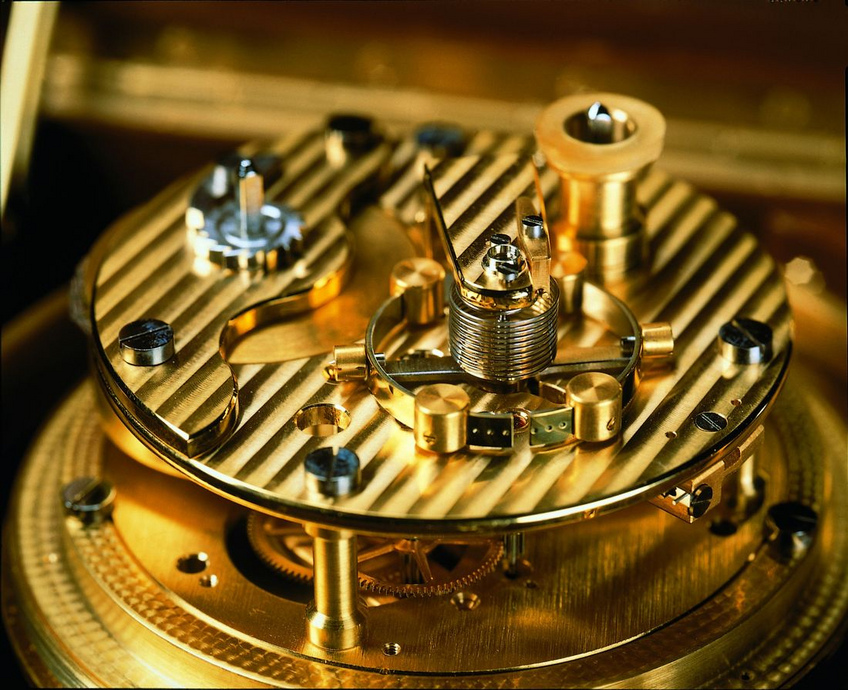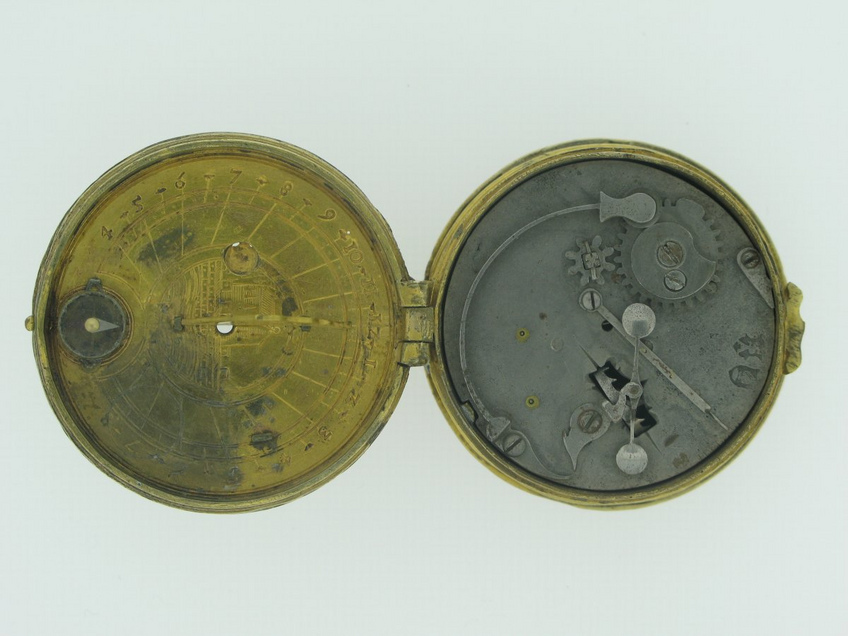

Everything revolves around the balance - Part 1
The arrival of a new type of balance at the heart of the regulating organ of Jaeger-LeCoultre’s Geophysic prompted us to look into the history of balances, as they could be key in future mechanical watchmaking.
Watches as we know them are a concentrate of significant technological input. Successive innovations have helped to enhance their functionality and precision. Nowadays, work on the regulating organ is still among the most important aspects of watchmaking. Indeed, a good regulating organ helps to improve precision noticeably and, if it is reliable and robust, it also contributes to reduce response time.
At the beginning there was the movement
Recent discoveries in historical watchmaking have shown that watch mechanisms were inspired by the very sophisticated striking mechanisms of water clocks in Western monasteries. These water clocks, whose functionality was proven on a large scale by Ctesibius, were equipped with a striking mechanism to chime the time.To regulate their striking mechanisms, the clocks featured a wheel similar to that we can still see on antique spits as well as at the heart of old pendulum mechanisms.
Working regularity was probably what caused one of the first watchmakers to start work on the development of a movement that could function autonomously in all seasons – water freezes in winter and evaporates in summer. The first known timepieces were equipped with a foliot like the one seen in some spits. To change the moment of inertia, they also featured small weights like the ones in the regulators of spits and which served to change the rate of the passing of time. Simple rotation absorbed too much energy and was thus replaced by an alternating motion; the foliot was pushed back and forth by a wheel with teeth angled to push by rubbing two small pallet-stones assembled on the balance shaft. The elementary system functioned more or less well and met the requirements of bell-tower clocks.
The motion principle
Miniaturization was introduced shortly after the invention of strip springs and the first pieces that could be considered as the ancestors of watches were passed on from hand to hand. It did not take long to discover the limits of the foliot – which could then still be used to assemble small adjustable masses – even with the addition of countershaft springs made of boar or pig bristle. The idea of making a spring that could maintain the oscillations of the – now round – balance was slowly taking shape.
It took the works of Galileo and other great mathematicians from around 1665 to realize that a revolution was in the making. During the two centuries that it took the Church to relinquish its governance to the State, goldsmiths were also overshadowed by scientists. In the late 17th century, owing to the work of great scientists such as Christian Huygens (between 1665 and 1675), time-measuring instruments that were until then ornamental and power symbols became scientific tools with enhanced precision. That was mostly thanks to the invention of the free-sprung balance and the balance-spring for watch balances.

Precision: a scientific tool
While, for over two centuries, everyone had appeared to be content with the working of existing timepieces, the two inventions that appeared during the second half of the 17th century started a new era for watchmaking. The longitude quest that was initiated in 1774 when the English Parliament decided to offer a reward of £20,000 to anyone who found the way to measure longitude at sea soon encouraged watchmakers to join the race for pure precision.
The winner of the Longitude Act of £20,000 was John Harrison with the H4, a marine watch with a foliot escapement that was equipped with diamond pallet-stones. The precise but not easily reproducible organ spurred rival watchmakers to find alternative solutions and they consequently started to look for the miracle mechanical formula that allowed them to produce marine chronometers in bulk. The amazing race for precision resulted in the invention of the main modern regulation organs. In addition to the original escapements, watchmakers tried various experiments by developing original balances. John Arnold, watchmaker from the late 18th century and a great chronometer manufacturer, was one of the watch designers who dedicated most of his time to working on balances. His aim was to find the right balance between the detent escapements and the oscillators he himself had invented.

Finding the right balance
In the end, after several experiments, watchmakers opted for the most efficient solution in terms of manufacturing. The right balance between production cost and precision turned out to be the pairing of a lever escapement with a balance featuring a bi-metallic rim cut in brass and steel plus a setting mass and a blued steel balance-spring. Come to think of it, this winning formula that helped brands such as Zenith, Omega, Longines, Tissot and several others to win hundreds of chronometry awards, has never been obsolete. For almost a century, watches were made using this combination and seemed to satisfy everyone.
However, the arrival of wristwatches and electricity entailed a significant change in the manufacture of movements.Watchmakers had to find solutions against magnetism and seek materials that resisted corrosion. Bronze beryllium monometal balances were thus created and combined with balance-springs made of corrosion-resistant alloys which always preserved an invariable elasticity regardless of temperatures. It was during the 1950s that the use of this combination became common. And today, most watchmaking brands still use it as better solutions have not yet been found despite numerous attempts.

Second part of our article : Everything revolves around the balance - Part 2





